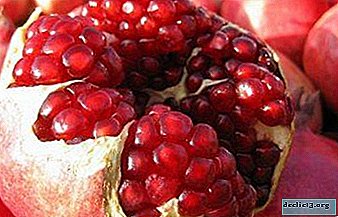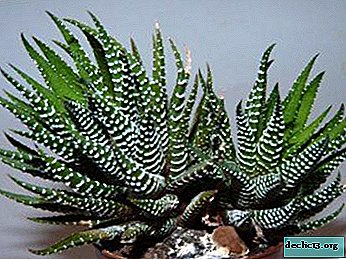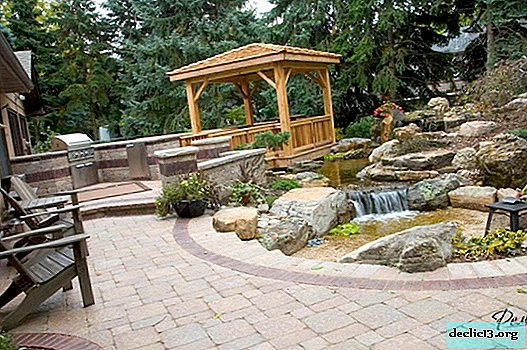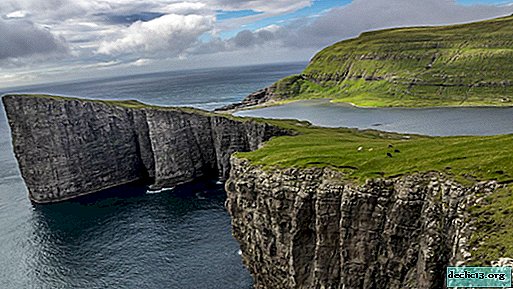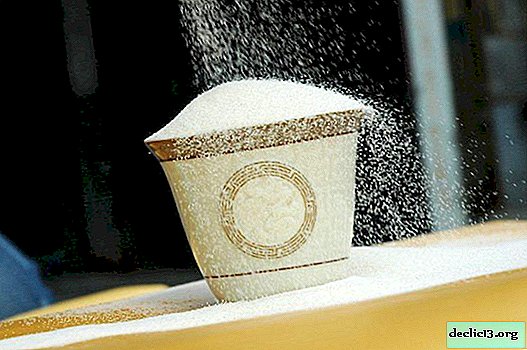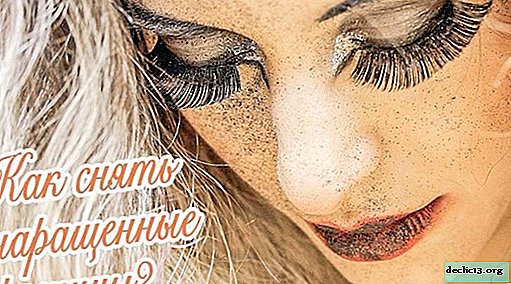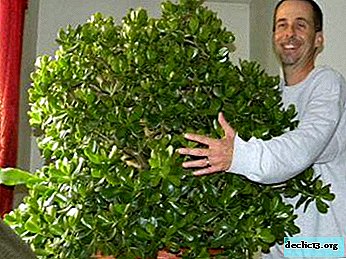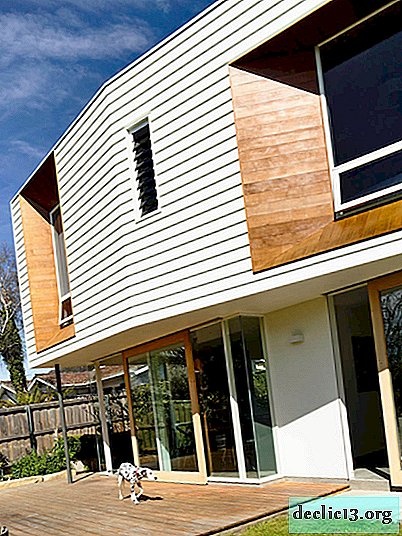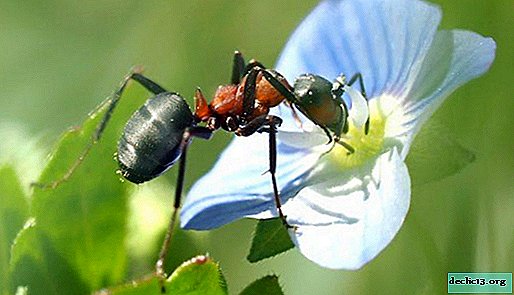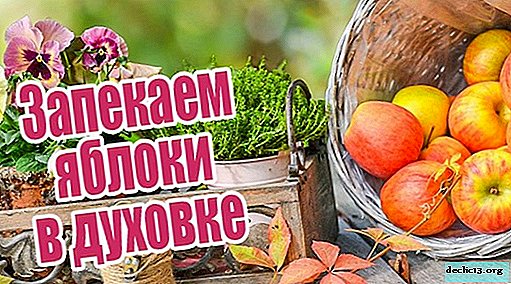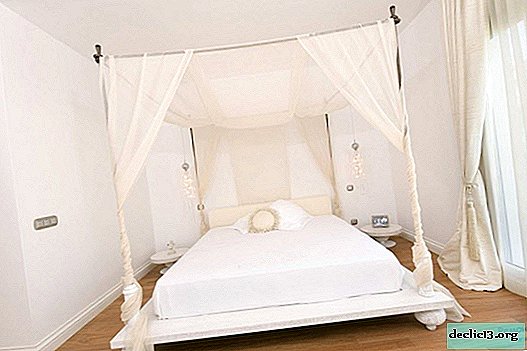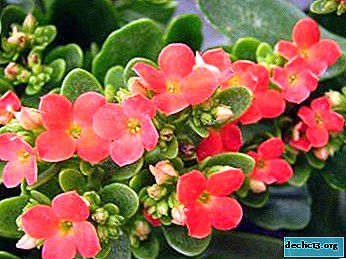Bahai Gardens - A Popular Landmark in Israel
Bahai Gardens is a special place for every follower of the Baha'i religion. The sacred books say that the purity of the gardens determines the spirituality of a person and reflects his inner world. This is probably why the Bahai gardens are so big, well-groomed and clean.
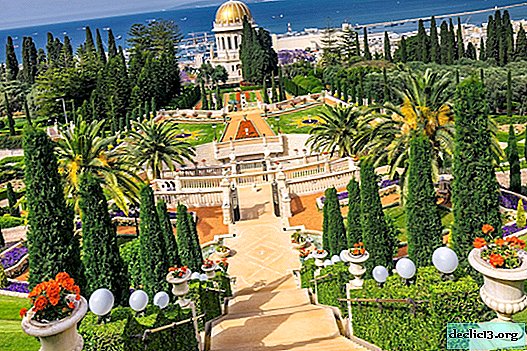
General information
Bahai Gardens in Israel is a huge park with tropical plants located on Mount Carmel. Gardens are considered the eighth wonder of the world, and are located in the city of Haifa. This is one of the most ambitious and famous sights of Israel, which in 2008 was included in the UNESCO World Heritage List.

The Bahai Gardens in Haifa occupy an area of almost 20 hectares. The garden serves about 90 workers and volunteers who create beautiful compositions of flowers, monitor the work of fountains and remove garbage. About $ 250 million was spent on the construction of the gardens, donated solely by the followers of the Bahá'í faith. An interesting fact is that money and any help from representatives of other religions is not accepted.
History reference
Despite the worldwide fame and the title of “Eighth Wonder of the World”, Bahai Gardens in Israel - a relatively new attraction, created in the XX century. The Bahai gardens in Haifa are named after the monotheistic religion of Baha'ism, whose sacred face is Persian Baba. In 1844, he began to preach a new religion, but after 6 years he was shot. His successor was the aristocrat of Bahá'u'lláh, who today is considered the founder of Baha'ism. In 1925, an Islamic court recognized Bahaism as a separate religion from Islam.

In 1909, Baba was reburied on the side of Mount Carmel in Israel. Initially, a small mausoleum was built for him, but over time, more and more buildings appeared near the grave. The culmination was the construction of the Universal House of Justice, which looks very similar to the White House in Washington. The logical continuation was the planting of trees and the appearance of gravel paths for leisurely walks. Officially, the construction of the Bahai Gardens in Haifa started in 1987. Work continued for more than 15 years, and a grand opening took place at the beginning of the third millennium. For over 10 years, the gardens have been considered Haifa's main attraction and one of the most popular holiday destinations in Israel.

Find out RATES or book any accommodation using this formBy the way, on so many buildings in Israel you can see the Bahai sign - three features that are united by one feature (means the unity of peoples) and a five-pointed star (sign of a person in the East). Interestingly, Baha'ism in Israel is the last officially confirmed religion: since 2008, it has been forbidden to create new religious associations in the country.
What to watch
From an architectural point of view, the Bahai Gardens in Haifa (Israel) are made in the form of terraces that are located on both sides of the temple. Their total length is about 1 km, and their width is from 50 to 390 m. About 400 species of plants grow on the terraces, each of which carries a secret meaning, and is planted in a strictly designated place.

Not far from the tomb is a cactus garden. In this place you can see more than 100 species of cacti, some of which bloom in spring or autumn. Cacti grow on white sand, and are sheltered from the sun by orange trees.
Particular attention should be paid to parts of this grand garden. So, the Jerusalem pine growing in only in Israel is known for its healing properties. Olive oil has been derived from this evergreen olive tree for centuries.
It is worth a visit and a small oak grove, spread in the western part of the Bahai Gardens in the city of Haifa. In Israel, the oak is called an ever-growing tree, because when an old and diseased plant dries, a new one necessarily appears in its place. It is worth paying attention to the carob tree, the fruits of which are called the Bread of St. John: they made bread, wine, and fed pets. Another interesting tree is a fig, under which tourists like to gather on a hot day. Also in the Bahá'í gardens in Israel, many palm trees, eucalyptus and almond trees grow.

Perhaps, one of the most striking attractions in Haifa are bird statues arranged in a chaotic order throughout the park. So, here you can meet a stone eagle, a marble hawk, a bronze griffin and a peacock. Also in the gardens there is a network of interconnected fountains with drinking water. The water in them “goes in a circle”, and after passing through all stages of purification, it enters the fountain.

A separate attraction is the Bahá'í World Center. The central dome of the building is covered with gold plates made in Lisbon. The lower, thirty-meter part of the structure has the shape of an octagon, decorated with purple and emerald mosaics. Conventionally, the Bahai World Center in Haifa is divided into several parts:

- Government rooms. There are 9 main representatives of the Baha'i religion, who are elected every 5 years by secret ballot.
- International Archive. The archive contains the most valuable documents related to the emergence of religion. For example, the originals of the Scriptures.
- Research Center. In this part of the building, historians study the Baha'i scriptures and engage in translation activities.
- Education Centre. So-called Counselors work in this place and develop community development programs.
- Library. This building has not yet been built, but it is planned that the library will become the main symbol and center of the Baha'i religion.
- International Development Organization. The committee includes 5 people who will be engaged in the popularization and dissemination of religion outside of Israel.
- Memorial Gardens. The 4 gardens on top of Mount Carmel in Haifa are considered memorial. You can find them by 4 monuments of Carrara marble, which are installed on the graves of close relatives of Bahá'u'lláh.


Followers of any religions can visit parts of the church that are open to tourists and residents of the city: several times a day volunteers (there are no priests here) hold prayer programs and chants. Unfortunately, it is impossible to take a photo inside the World Center, located in the depths of the Bahai Gardens in Haifa.
Practical information
Address: Sderot Hatsiyonut 80, Haifa.
Hours: internal gardens (middle tier) - 9.00-12.00, external - 09.00-17.00.

Tour Schedule:
| 10.00 | in English | Thursday Tuesday |
| 11.00 | in Russian | monday, tuesday, friday, saturday |
| 11.30 | in Hebrew | Thursday Tuesday |
| 12.00 | in English | Thursday Tuesday |
| 13.30 | In the Arabic language | monday-tuesday, thursday-saturday |
Cost of visit: free, but donations are accepted.
Official site: www.ganbahai.org.il/en/.
Visiting Rules
- Like the followers of any other religion, Baha'is adhere to certain rules, among which is the obligation to wear closed clothing. They will NOT enter the park territory with bare shoulders and knees, bare head.
- Be prepared for the fact that at the entrance and exit to the Gardens, Baha'is inspect all visitors with the help of metal detectors.
- Remember that in the Bahai Gardens it is forbidden to use telephones and any other equipment. The exception is the camera.
- You can’t bring food with you. You can only take a small bottle of water.
- Try to keep up with the group. If you go too far, watchful guards will ask you to leave the garden.
- Never enter the lawn!
- Do not bring pets with you.
- Try to speak quietly and not make a lot of noise. Baha'is do not favor loud-speaking tourists.

Useful Tips

- If you want to visit not only the Baha'i Gardens in Haifa, but also the tomb, you should come here in the morning - it is open until 12 in the morning.
- You should come in for excursions in advance, because there are a lot of people who want to, and there is always a risk of not getting into the tour group.
- Oddly enough, there is not a single bench in the Baha'i gardens. This is done so that visitors do not stay too long and make way for new tourists.
- The best photos of the Bahai Gardens in Haifa can be obtained by climbing to the very top of the mountain. It offers stunning views of the port and surroundings.
Bahai Gardens in Israel is a corner of peace, tranquility and beauty in the bustling city of Haifa. More than 3 million tourists visit this place every year, and the scale and grandeur of the building amazes everyone.

